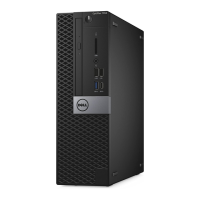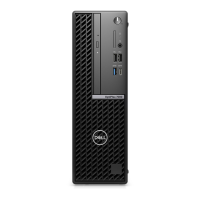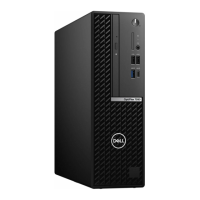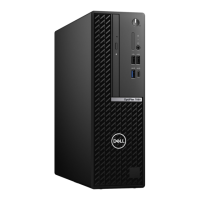Table 7. System Configuration (continued)
Option Description
● Enable Rear USB Ports
All the options are enabled by default.
Front USB Configuration Allows you to enable or disable the front USB ports. All the
ports are enabled by default.
Rear USB Configuration Allows you to enable or disable the back USB ports. All the
ports are enabled by default.
USB PowerShare This option allows you to charge the external devices, such as
mobile phones, music player. This option is disabled by default.
Audio Allows you to enable or disable the integrated audio controller.
The option Enable Audio is selected by default.
● Enable Microphone
● Enable Internal Speaker
Both the options are selected by default.
Miscellaneous Allows you to enable or disable the various on-board devices.
● Enable PCI Slot (default option)
● Enable Media Card (default option)
● Disable Media Card
Table 8. Video
Option Description
Primary Display Allows you to select the primary display when multiple
controllers are available in the system.
● Auto (default)
● Intel HD Graphics
NOTE: If you do not select Auto, the on-board graphics
device will be present and enabled.
Table 9. Security
Option Description
Admin Password Allows you to set, change, and delete the admin password.
System Password Allows you to set, change, and delete the system password.
Internal HDD-0 Password Allows you to set, change, and delete the computer’s internal
HDD.
Internal HDD-3 Password Allows you to set, change, and delete the computer’s internal
HDD.
NOTE: HDD passwords are not available for PCI-e hard
drives.
Strong Password This option lets you enable or disable strong passwords for the
system.
Password Configuration Allows you to control the minimum and maximum number
of characters allowed for a administrative password and the
system password. The range of characters is between 4 and
32.
Password Bypass This option lets you bypass the System (Boot) Password and
the internal HDD password prompts during a system restart.
52 BIOS setup

